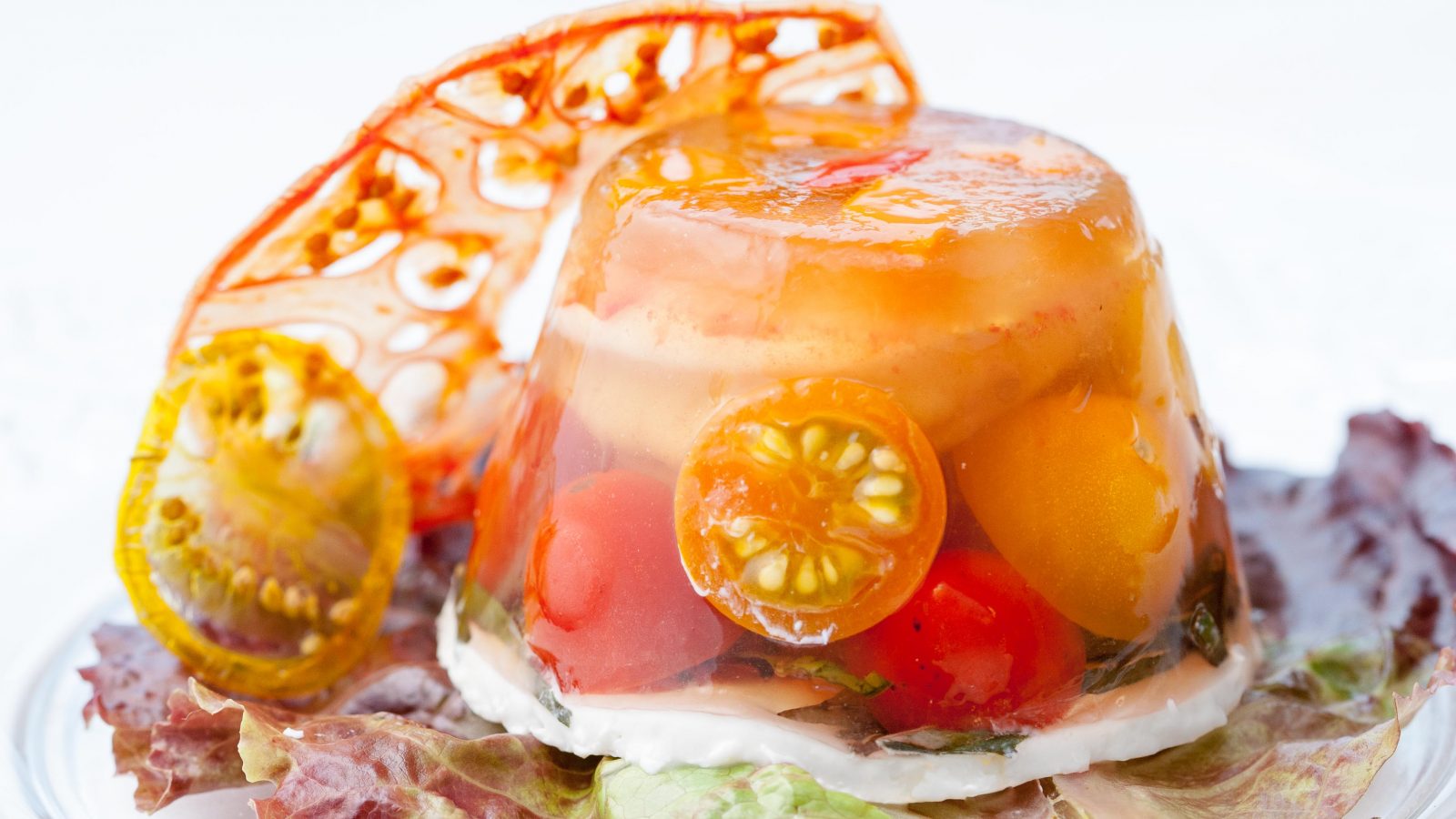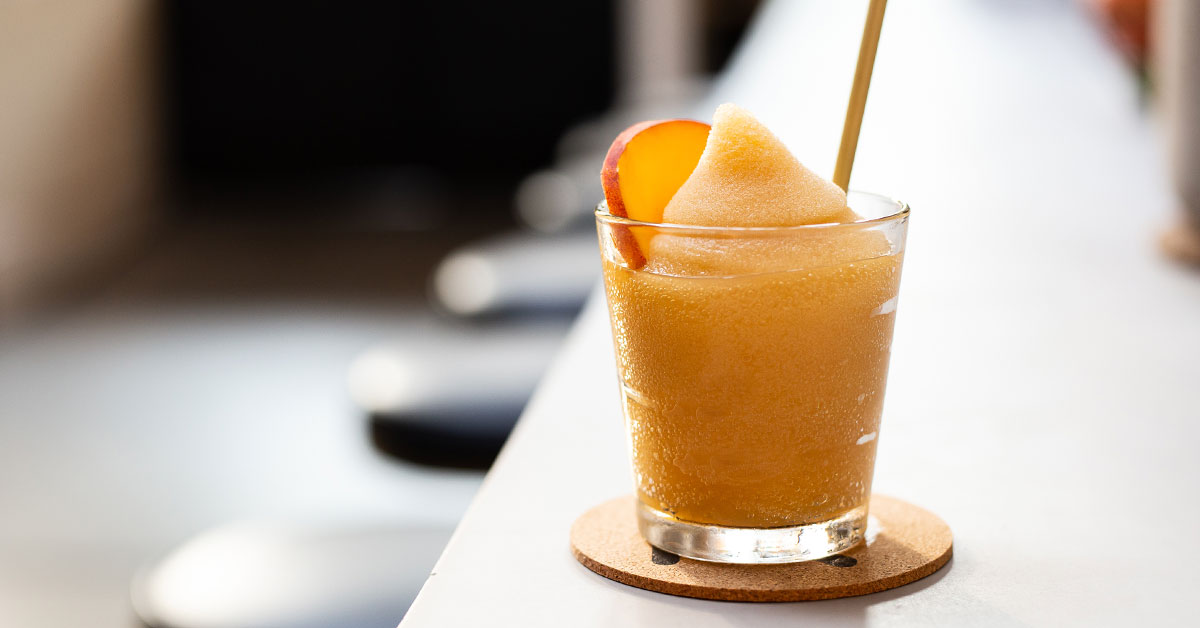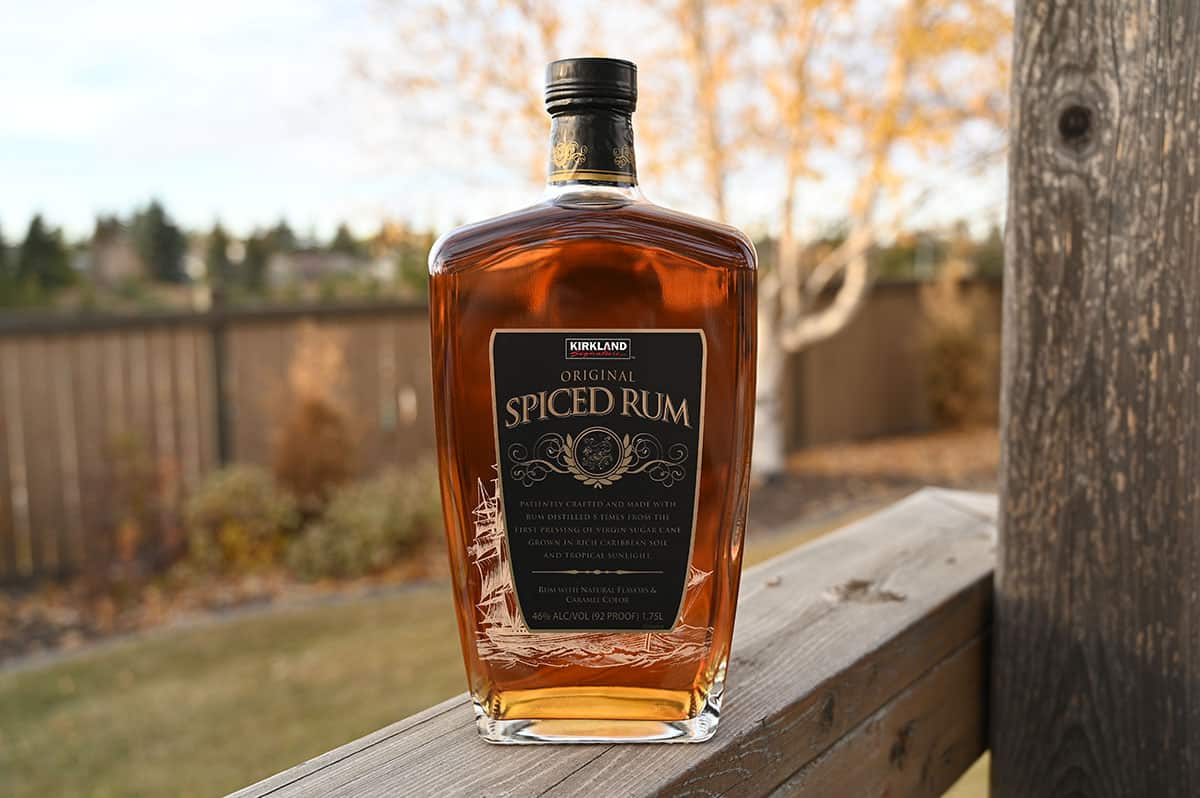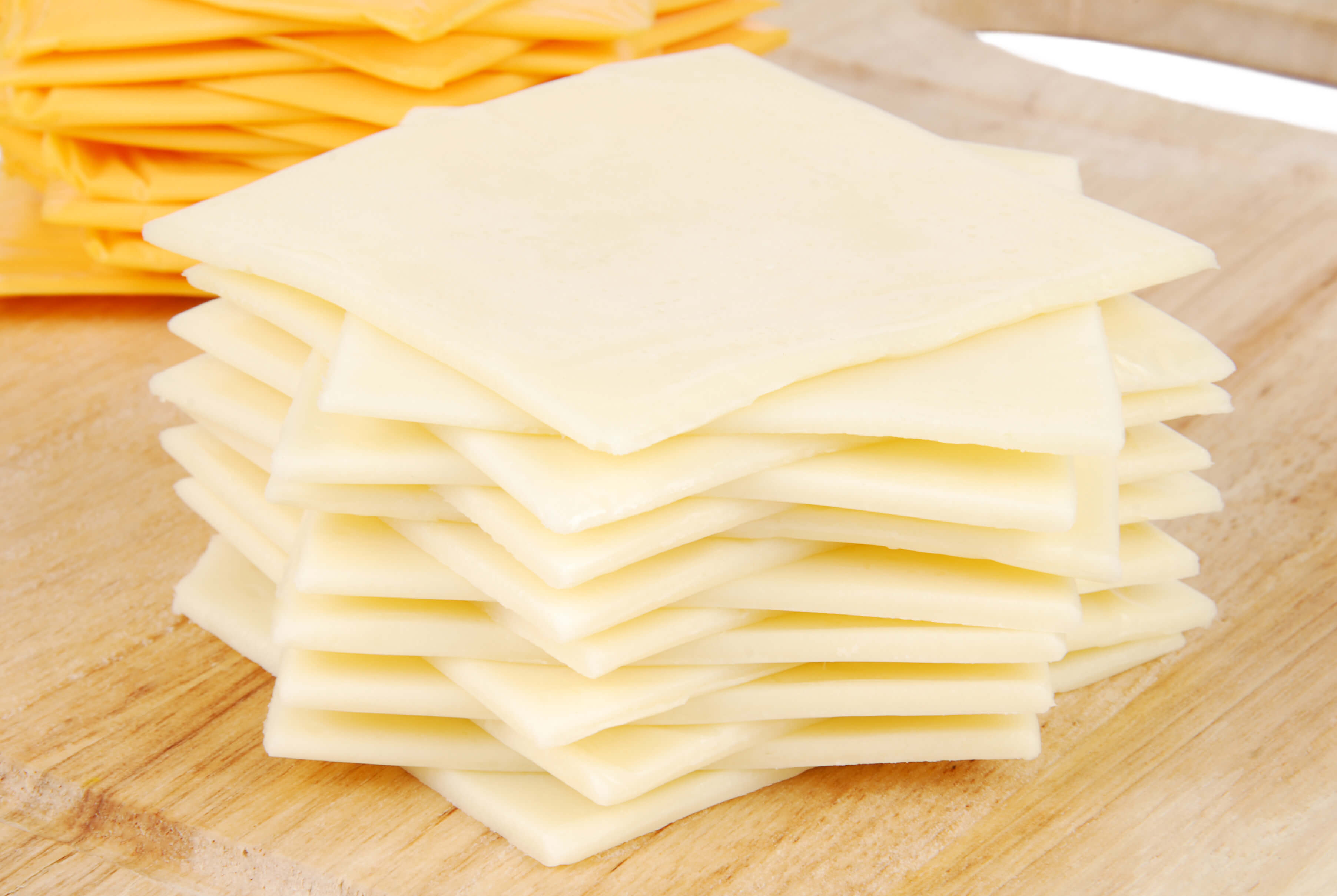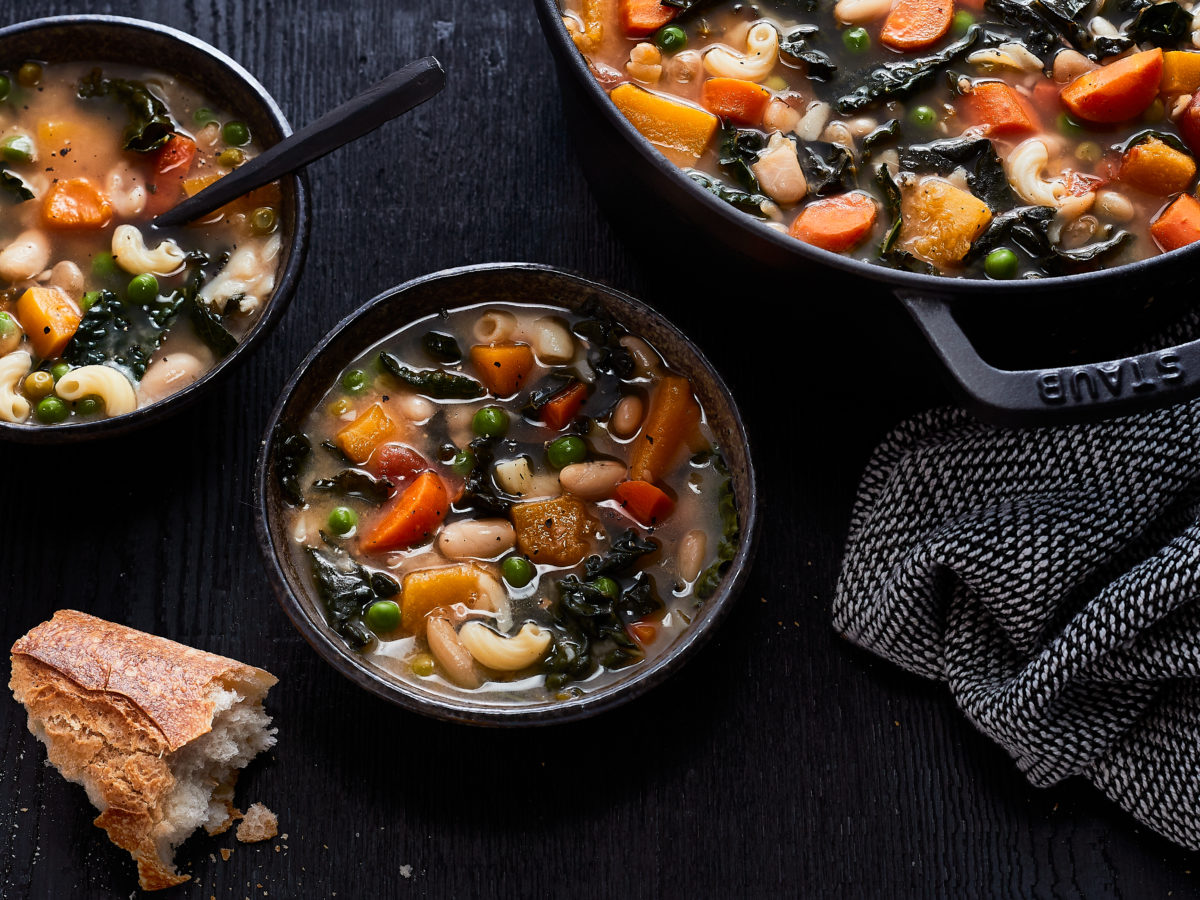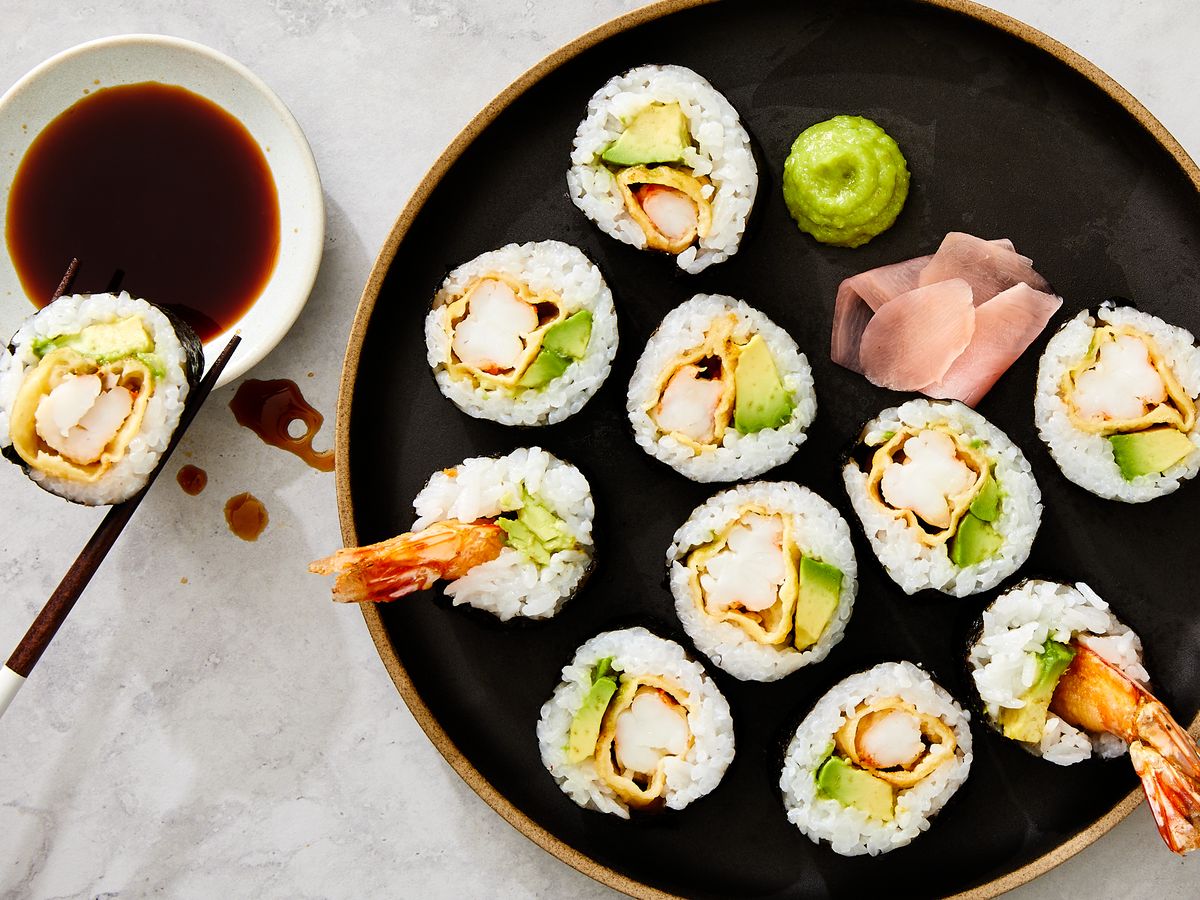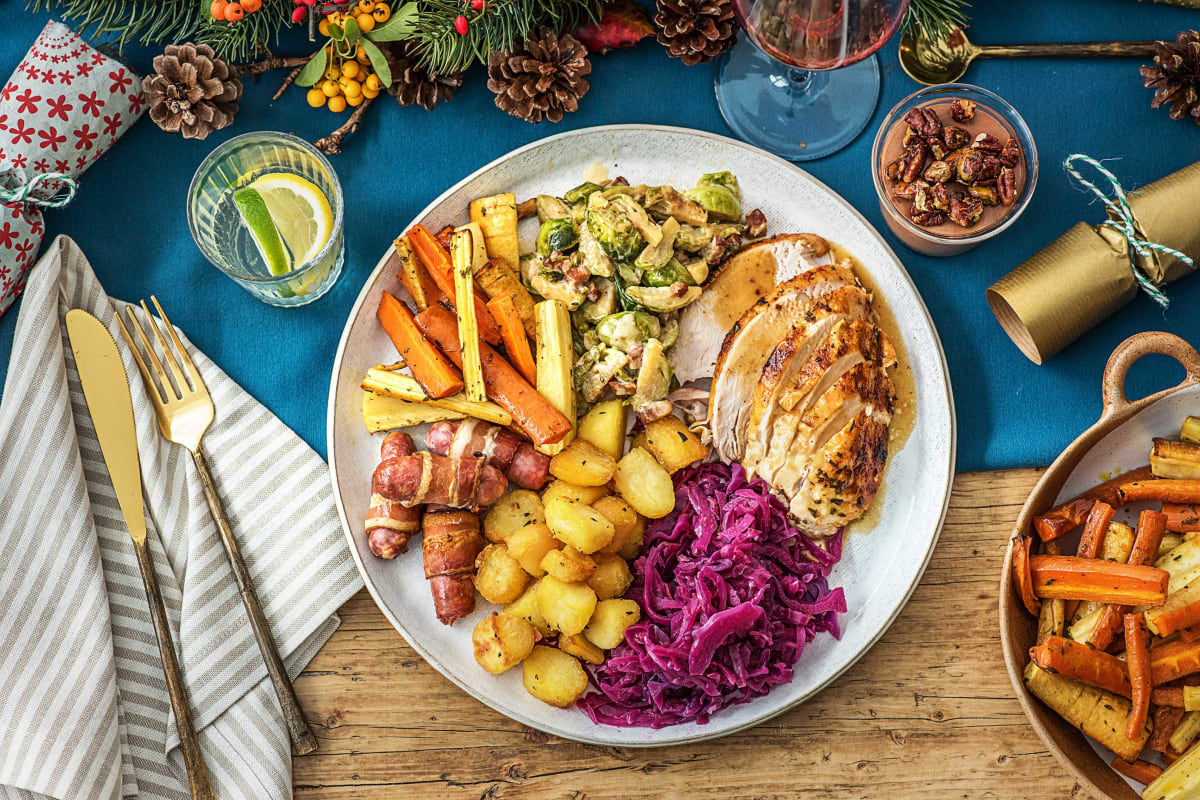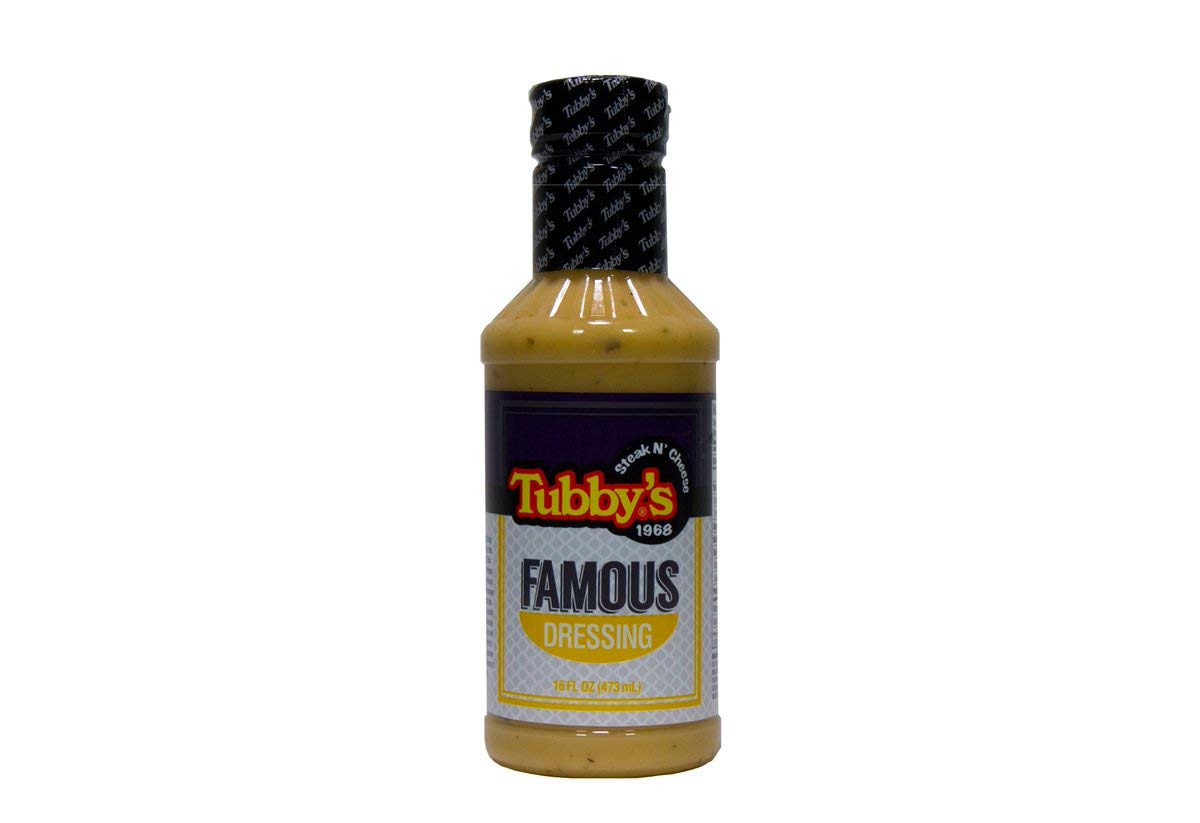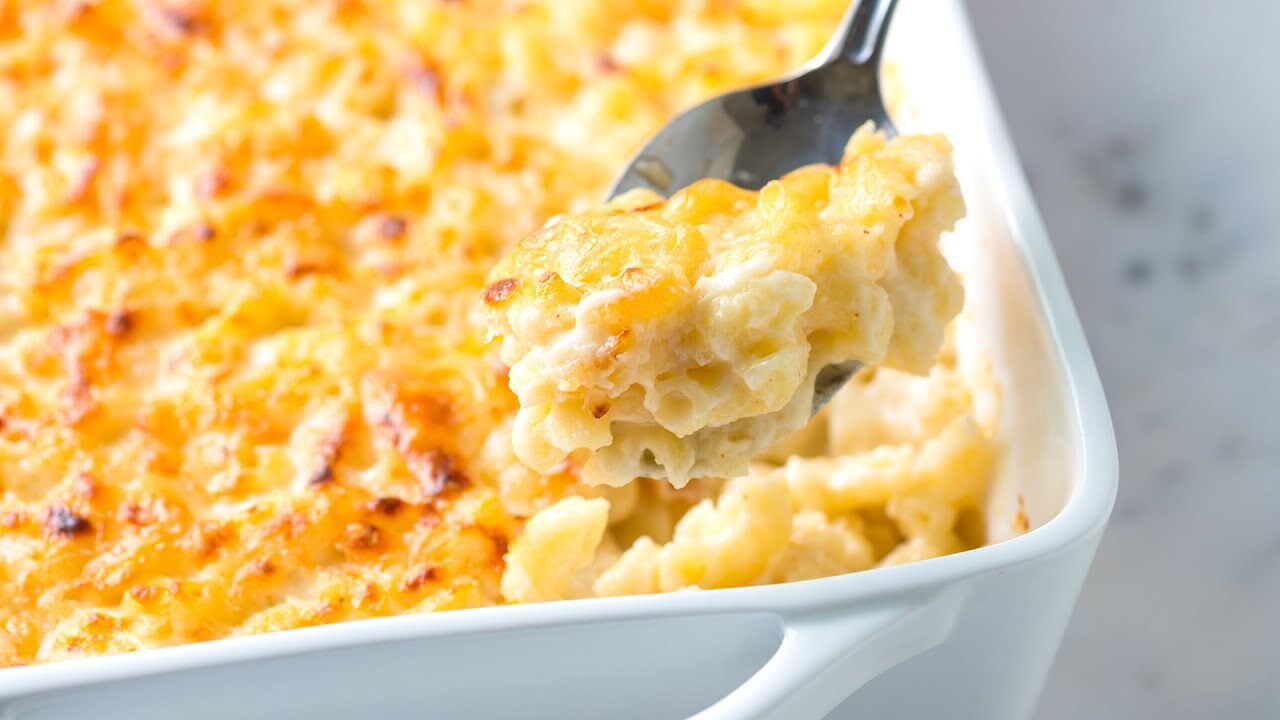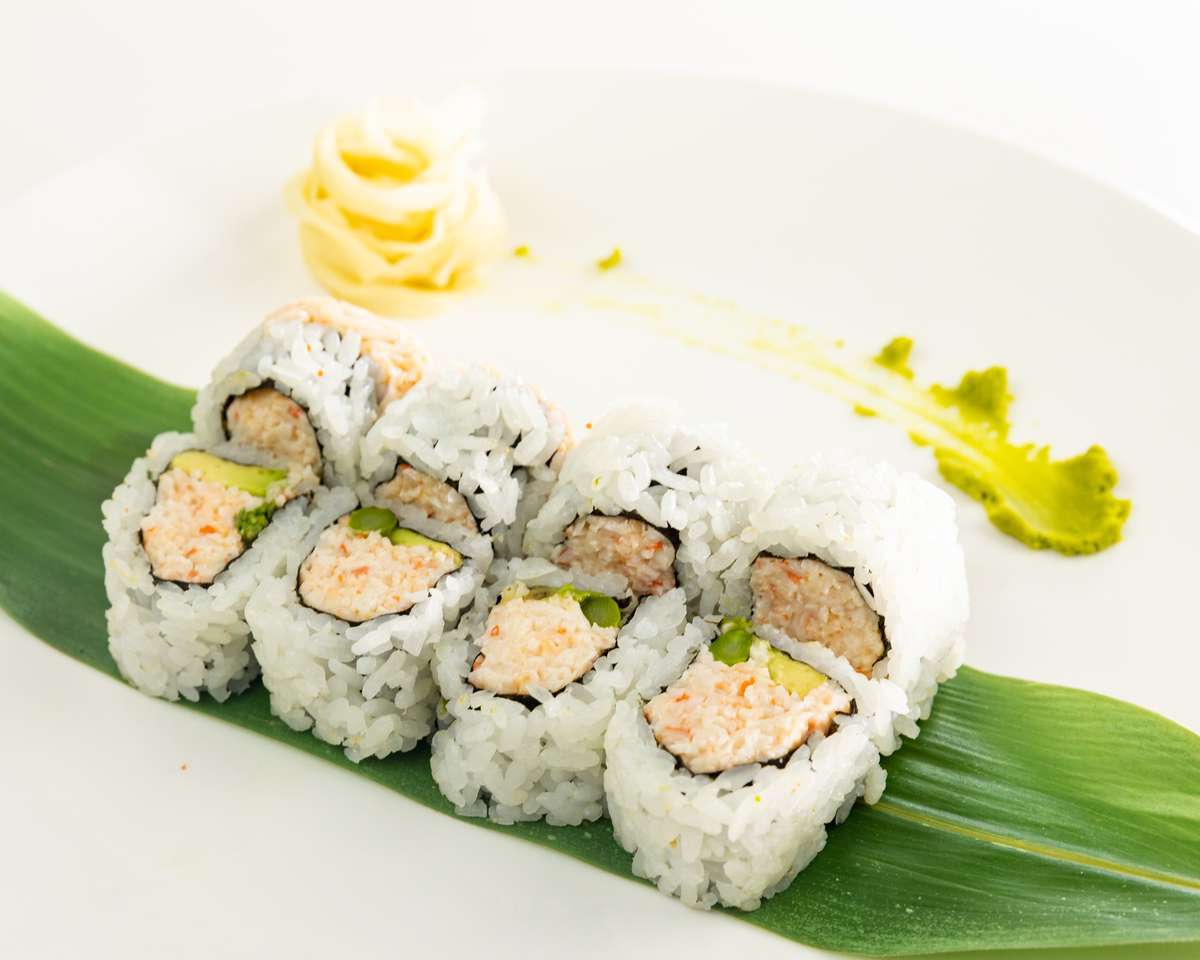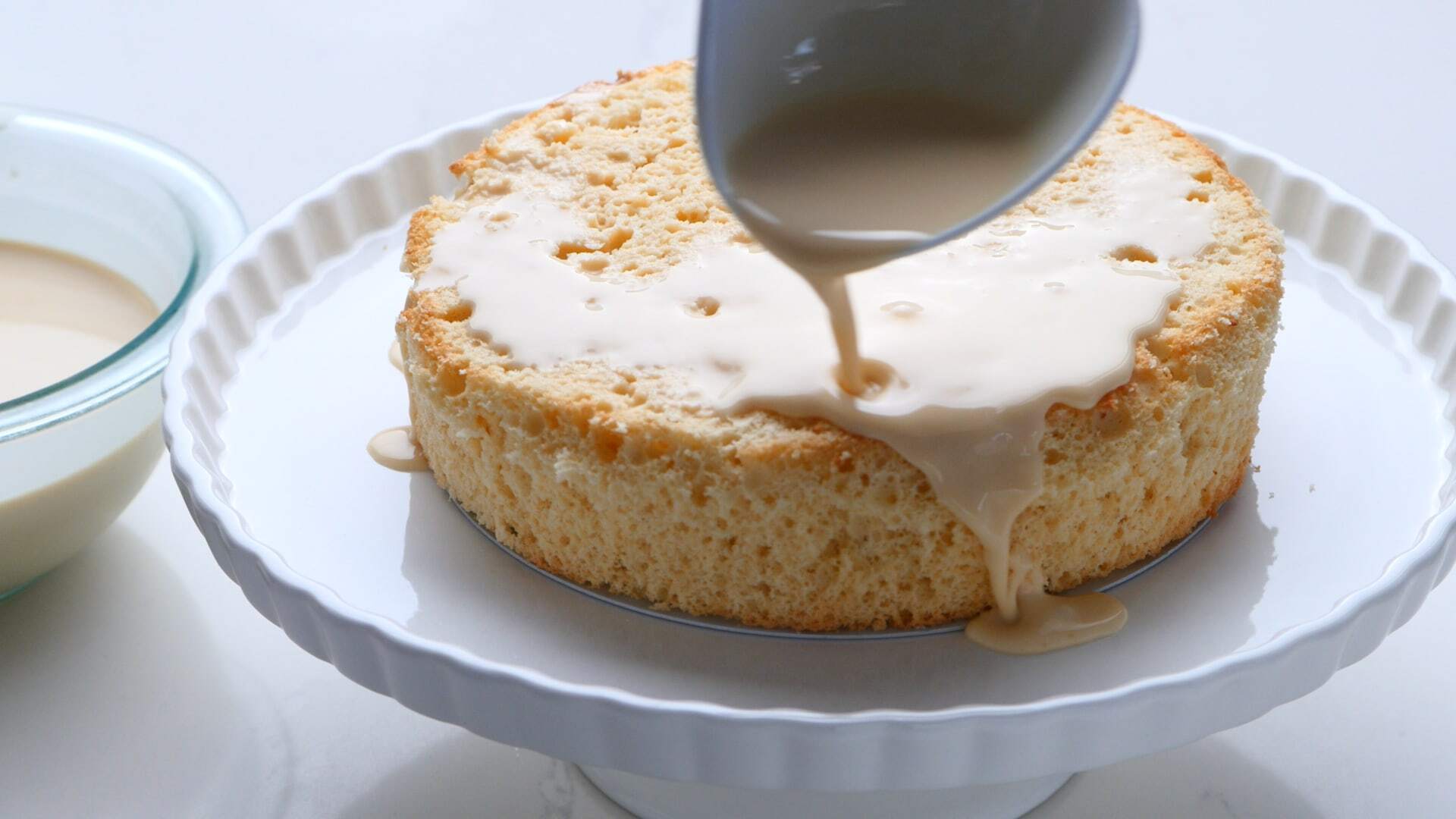When it comes to beef cuts, it's important to understand the differences between various types of meat. Two popular cuts that are often confused are top round and bottom round. While they may sound similar, there are distinct differences between the two. In this article, we'll explore the characteristics of each cut and highlight the key factors that set them apart.
Top Round
Top round, also known as inside round, is a lean and flavorful cut of beef that comes from the rear leg of the cow. This cut is often used for roasts, steaks, and other dishes that benefit from long, slow cooking methods. Here are some key features of top round:
- Tenderness: While top round is relatively lean, it can be less tender compared to other cuts of beef. However, when cooked properly, it can still yield tender and juicy results.
- Versatility: This cut can be used in a variety of dishes, including pot roasts, stews, and stir-fries. It's a versatile option for home cooks and professional chefs alike.
- Flavor: Top round offers a rich, beefy flavor that can stand up to bold seasonings and marinades. It's a popular choice for those who enjoy robust beef flavors in their meals.
Bottom Round
On the other hand, bottom round, also known as outside round, is another cut that comes from the rear leg of the cow. It is a bit tougher than top round and is often used for roasts and braises. Here are some distinguishing characteristics of bottom round:
- Toughness: Bottom round is known for being a tougher cut of meat compared to top round. As a result, it benefits from slow cooking methods to help break down the toughness and create a tender texture.
- Affordability: This cut is often more affordable than top round, making it a budget-friendly option for those looking to enjoy beef without breaking the bank.
- Flavor: While bottom round may not be as tender as top round, it still offers a rich, beefy flavor that can be enhanced with the right cooking techniques and seasonings.
Key Differences
Now that we've explored the individual characteristics of top round and bottom round, let's summarize the key differences between the two cuts:
- Tenderness: Top round is generally more tender than bottom round.
- Cooking Methods: Top round is versatile and can be used in a variety of dishes, while bottom round benefits from slow cooking methods to tenderize the meat.
- Affordability: Bottom round is often more budget-friendly than top round, making it a popular choice for cost-conscious consumers.
In conclusion, while top round and bottom round both come from the rear leg of the cow, they have distinct differences in terms of tenderness, cooking methods, and affordability. Whether you're looking for a lean and versatile cut (top round) or a budget-friendly option that can benefit from slow cooking (bottom round), understanding the differences between these two cuts can help you make informed decisions when selecting beef for your next meal.
Was this page helpful?
Read Next: What Is Tobiko Sushi?
